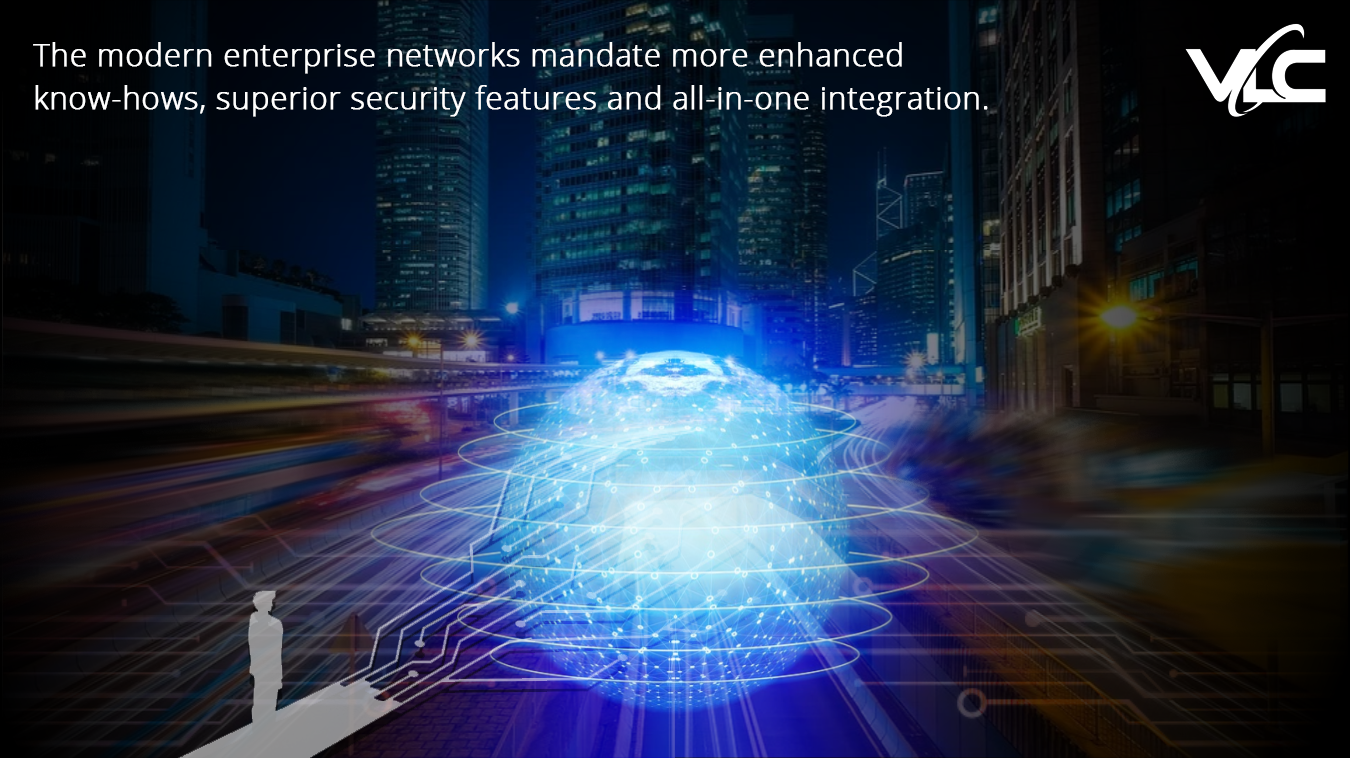Network Modernization in 2022
The concept of network modernization might seem too skeptical to be talked about in the current times. However, it is widely known that most organizations still need to make huge and serious strides in this direction, leaving behind the little modernized version of the early-2000 capabilities. Again, a few aspects behind this can be understood: network modernization overturns how networks are created and used based on the models that have mostly been the same for over two decades. It also houses uncertainty and demands concrete work and personnel reskilling to devise and enforce an advanced network system.
What is the Need to Modernize Networks?
Experts in this domain can understand the rising gravities to furnish a well-operable, safe and stable network for seamless business. They are on the receiving end of mounting pressures that restrict the scope to try, learn and implement better network maintenance strategies or deploy a revamp of any kind. Also, there is a known tendency to cling to conventional and standard ways instead of exploring risky and unknown terrain for enhanced network maintenance planning.
While these ideas are entirely legible, it is important to understand that there is a threshold point that determines how much of a profitable venture it is to undertake new forms of network maintenance, as they are full of features, with embedded security systems and real-world abilities. The earlier versions of maintaining networks are fragile, unreliable and not really scalable to the current times.
Because of these reasons, the deployment of improved technologies for network maintenance offsets the use of conventional methods to a vast degree. It is also necessary to realize that delaying the implementation of newer technologies also ushers in opportunity costs because the risks of being prone to an attack will keep notching up higher with outdated systems. Therefore, it is better to act now than later.
Decoding Network Modernization for the Current Times
The critical aspect is that current software systems and solutions enable us to do away with most of the physical network topology and management. This lets the specialists concentrate on utilizing the network as a blank space to define the flows, services, behaviors, and procedures needed. Voicing these plans is the meaning of “Software-Defined” networking. Apart from these new solutions, some latent network topologies and designs have been rationalized and structured to deliver the expected scale, enactment, and agility.
Since the software-defined infrastructure strategy originated in the server and storage virtualization data center, Software-Defined Data Center (SDDC) might be the most well-suited and across-the-board of all the Software-Defined Networking (SDN) family. This generally works as a regularized spine-leaf network topology since it is highly scalable and capable of delivering provisioning, deployment, mobility, and location services. This relieves the management of most of the concerns and constraints of the past and delivers operability and flexibility to the service teams.
The common points of intersection within all SDN technologies are as follows:
- Automation and Instrumentation: Everything from deployments to software upgrades and patching to accounting and compliance verification.
- Remarkable Visibility: With streaming telemetry and improved capacities in correlation to deliver noteworthy insights and accelerate problem and incident recognition and resolution, with a few systems that present Artificial Intelligence abilities to determinate the likely remediation efforts.
- Central and All-encompassing Security: Security at every level, right from endpoint devices to servers, including the cloud.
All and any of the features mentioned above denote a significant step ahead for many companies. They can save potential labor time while lowering the possibility of human fallacy and liberating those employees to create impactful value for the business.
The modern enterprise networks mandate more enhanced know-how, superior security features and all-in-one integration. At VLC Solutions, we construct and balance flexible, software-centric, hybrid systems that propel your company headlong, stimulating supplementary real-time networks among customers, devices and applications. Explore more on our enterprise networking solutions by writing to us today.
